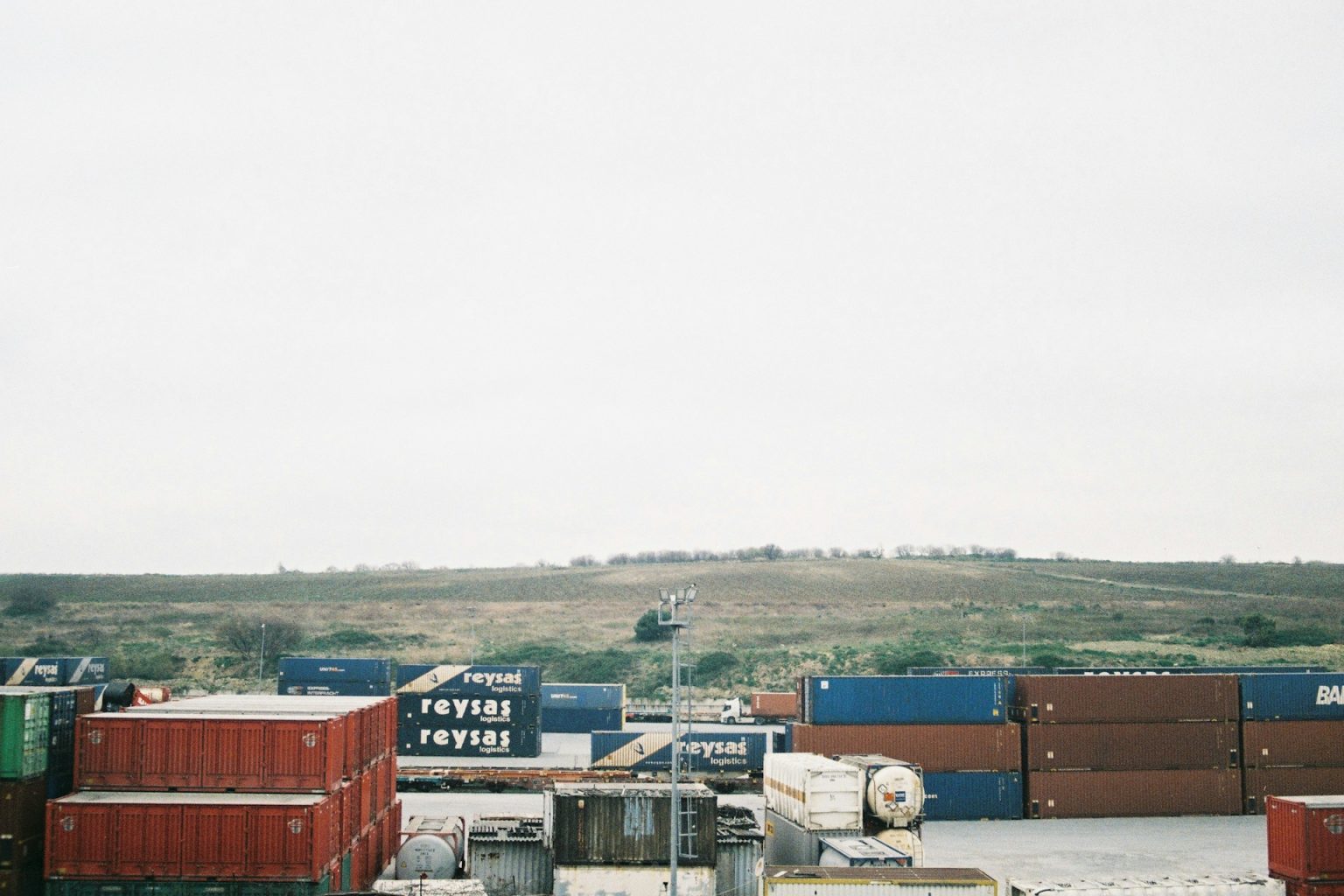Trailer rental provides a practical solution for transporting cargo, serving needs from interstate moves to landscaping work and hauling recreational gear. It grants considerable load capacity while avoiding the costs of owning a vehicle. Yet, the rental process involves more complexity than many users expect.
People of all experience levels often make preventable mistakes. These errors can transform a straightforward transport task into a situation of financial loss, personal danger, or considerable operational strain.
Mistake #1: Estimating Your Trailer Needs
This is the cardinal mistake of trailer renting. Walking into a rental lot and pointing at a trailer that “looks about right” is a recipe for disaster.
The Problem: Selecting an improper trailer introduces clear safety hazards and operational inefficiencies. An overloaded unit can experience dangerous sway at highway speeds, potential brake failure, and transmission overheating.
Conversely, an excessively large trailer for a light load creates significant inefficiency. This mismatch wastes both fuel and financial resources. The trailer’s unnecessary bulk also complicates fundamental maneuvering and parking procedures.
Before connecting a trailer, complete these essential verifications:
- Know your vehicle’s limits. Grab your owner’s manual and find its maximum towing capacity, GVWR, and GCWR. These are tight boundaries that you must not exceed.
- Weigh your cargo. Add up the total weight of everything you’re loading. It’s always better to overestimate than to be surprised.
- Add the trailer’s weight. Remember to include the trailer’s own weight. The total of the trailer plus your cargo must stay within your vehicle’s rated capacity.
Pro Tip: When in doubt, rent the next size up. The small extra cost is cheap insurance against overloading and the peace of mind is invaluable.
This systematic approach applies equally whether you’re moving household goods or seeking a specialized motorcycle trailer rental. When uncertainty exists during the selection process, opting for the next larger size provides valuable protection against overloading risks.
The minimal additional expense serves as cost-effective insurance while ensuring transportation safety.
Mistake #2: Overlooking the Hitch and Electrical Components
The trailer itself is only half of the equation. The connection to your vehicle is just as critical. Experts from Neighbors Trailer emphasize that proper hitch matching and electrical compatibility are essential for safety and performance, and even minor mismatches can lead to serious towing issues.
The Problem: A common oversight involves incorrectly assuming a vehicle’s hitch system is sufficient. Hitches are classified into distinct categories—I, II, III, IV, and V—with each class possessing a specific maximum weight rating. The physical connection also requires a ball mount and coupler of the correct size, most commonly two inches.
Additionally, the electrical systems need to work together; the connection on your car needs to match the plug on the trailer, which is either a 7-pin round for trailers with brakes and auxiliary power needs or a 4-pin flat for basic lights.
The Solution:
- Identify Your Hitch: Locate the hitch on your vehicle. It often has a label stating its class and weight capacity.
- Get the Right Ball: Ensure you have the correct ball size and that its shank fits the hitch receiver. The ball height is also crucial; the trailer should ride level when hitched.
- Test the Lights: Before you drive off, test all trailer lights. Have someone confirm the brake lights, turn signals, and running lights work correctly with your vehicle’s controls.
Mistake #3: Skipping the Trailer Inspection
It’s simple to sign the paperwork and drive away in the thrill of picking up the trailer. Liability for pre-existing injury may result from this.
The Problem: You could be charged for a flat tire, damaged siding, or non-functional lights that you didn’t cause.
The Solution: Conduct a thorough inspection with the rental agent present.
- Tires: Verify that all tires have sufficient tread depth and are inflated to the correct pressure. Inspect the sidewalls for any cracks, cuts, or bulges.
- Lights: Test every function, including brake lights, turn signals, and running lights, to ensure they work properly with your vehicle.
- Structure: Examine the trailer’s frame, floor, and walls for significant rust, cracks, or other structural damage.
- Documentation: Use your phone to take timestamped photos and videos of the entire trailer, capturing any pre-existing damage like dents or scratches. Have the agent formally record all these issues on the rental agreement before you sign it.
Mistake #4: Forgetting About Loading and Securing Fundamentals
Placing cargo too far rearward creates insufficient tongue weight, which induces dangerous fishtailing.
Conversely, concentrating excessive weight forward of the axles places undue strain on the tow vehicle’s rear axle and suspension system.
The Solution: Place around 60% of the trailer’s total weight in the front half, ahead of the axle, in accordance with the 60/40 rule. In order to provide the necessary downward force on the hitch for stability, this setup produces the appropriate tongue weight, which amounts to 10% to 15% of the overall trailer weight.
Additionally, you must use high-quality ratchet straps instead of rope to secure all cargo. Any change during travel can quickly destabilize the entire trailer; therefore, keep the weight from moving in any direction.
Mistake #5: Underestimating the Tow
There are major differences between driving alone and driving with a trailer attached.
The Problem: Trailers greatly increase stopping distances, create massive blind spots, and require wider turns. Underestimating these changes can lead to accidents.
The Solution:
- Practice: Hone turning, backing, and stopping in an empty lot. Remember to take turns wider and steer opposite when reversing.
- Increase Following Distance: Leave at least twice your normal space from the vehicle ahead.
- Maximize Visibility: Use extended side mirrors to see around the trailer for safe maneuvering.
- Plan Your Route: Avoid narrow roads, low clearances, and other tight spaces.
Mistake #6: Ignoring Specialized Trailer Needs
Matching the trailer type to your specific load ensures both security and safety during transport. Trailers are specialized equipment rather than universal tools. Selecting a standard utility trailer for unique cargo often results in inefficient and unsafe operations.
Transporting a motorcycle, for example, presents significant risks without integrated wheel chocks and an appropriate deck height.
This principle extends to all specialized hauling needs. Manufacturers design car haulers, landscaping trailers, and heavy equipment trailers with distinct structural features for particular purposes.
Mistake #7: Skipping the Insurance and Understanding the Paperwork
Do not automatically dismiss the rental company’s insurance offer. Your personal auto policy might provide incomplete coverage for a rented trailer or its contents. An accident or damage event could therefore result in substantial personal financial liability.
Before you sign the contract, get clear answers. Ask what exactly their damage waiver covers.
Check with your auto insurer to determine your deductible for a trailer claim, and check whether your credit card provides backup coverage.
Finally, read the rental agreement carefully, paying special attention to the regulations about late returns, mileage limitations, and what you are not permitted to do with the trailer.
Conclusion
Renting a trailer successfully comes down to a few key actions. First, calculate your weights correctly and perform a complete inspection of the equipment. You must also adjust your driving for the trailer you are towing.
This preparation prevents the most frequent and frustrating problems. A little diligence upfront makes the entire process safer and more cost-effective.



